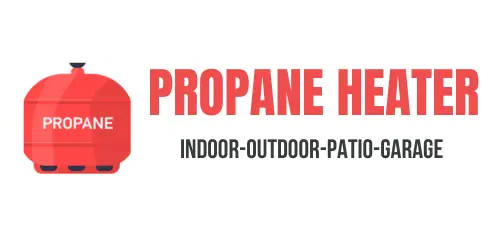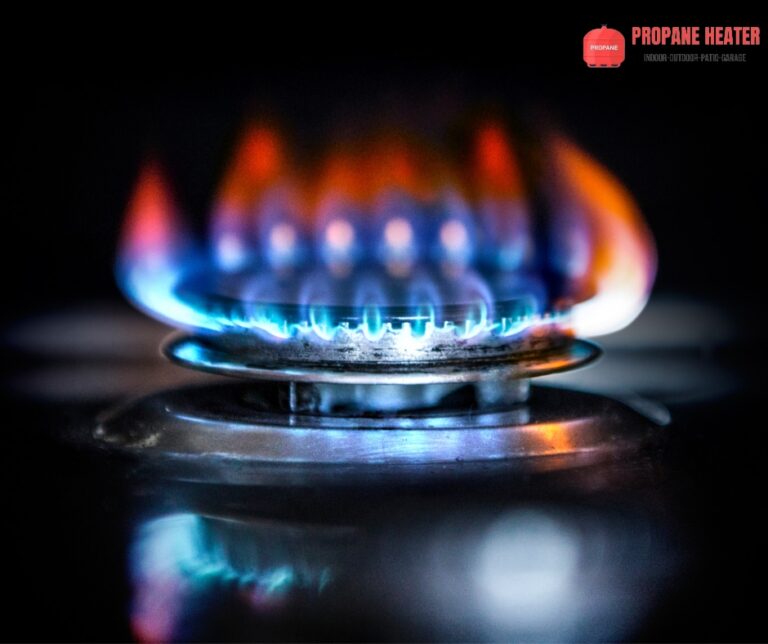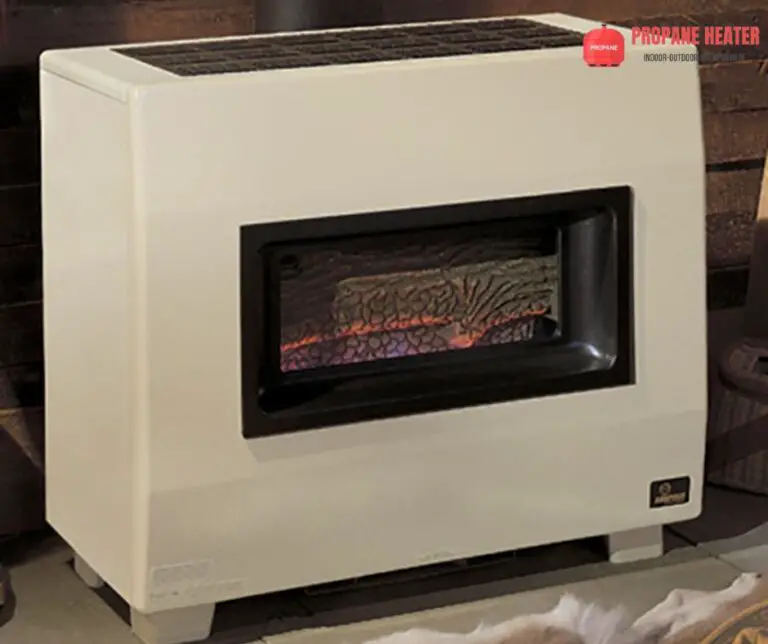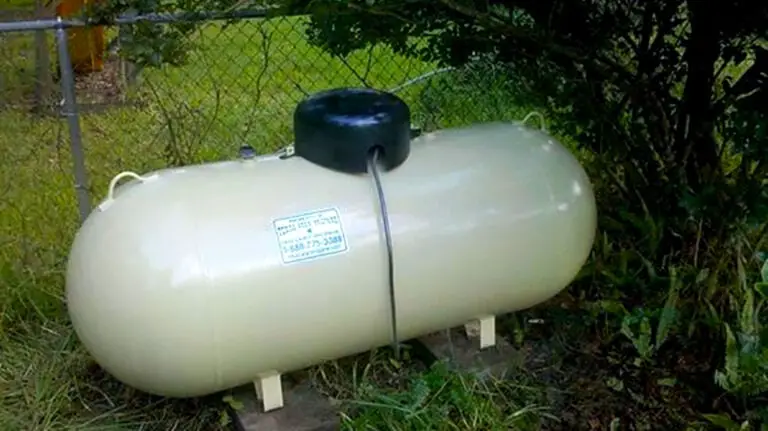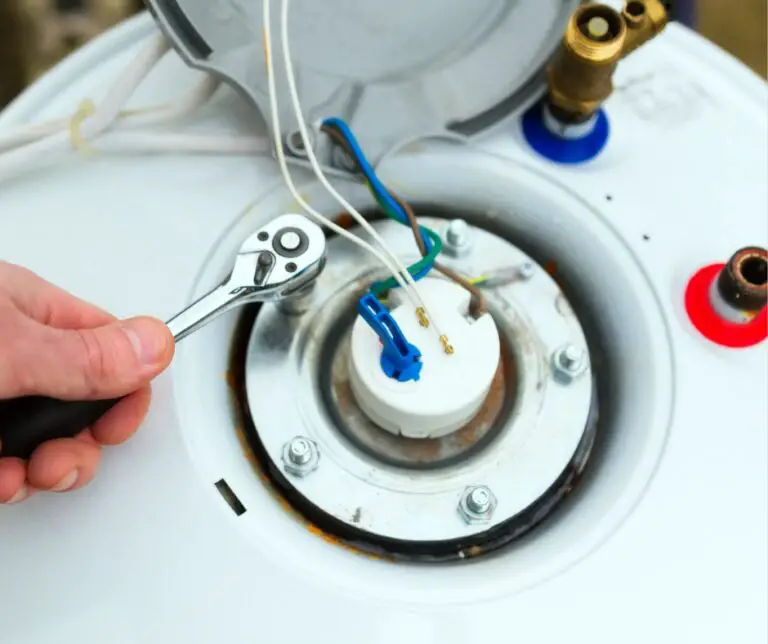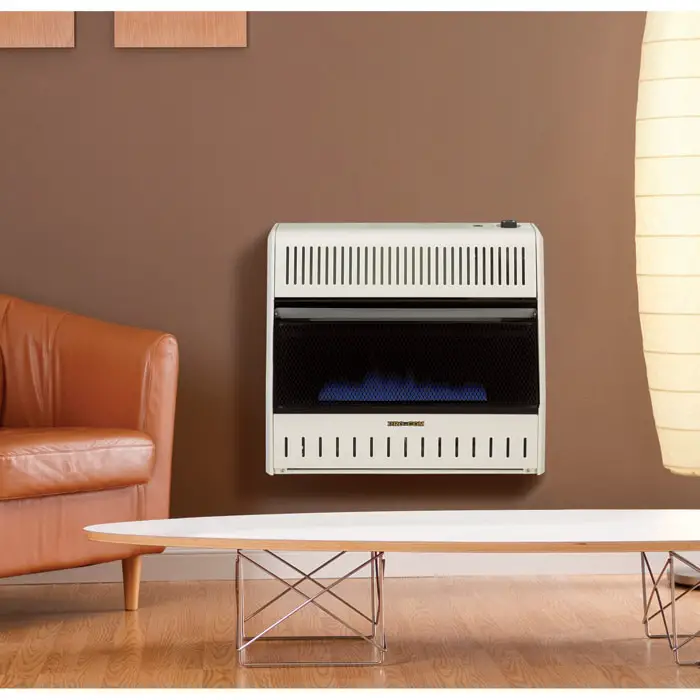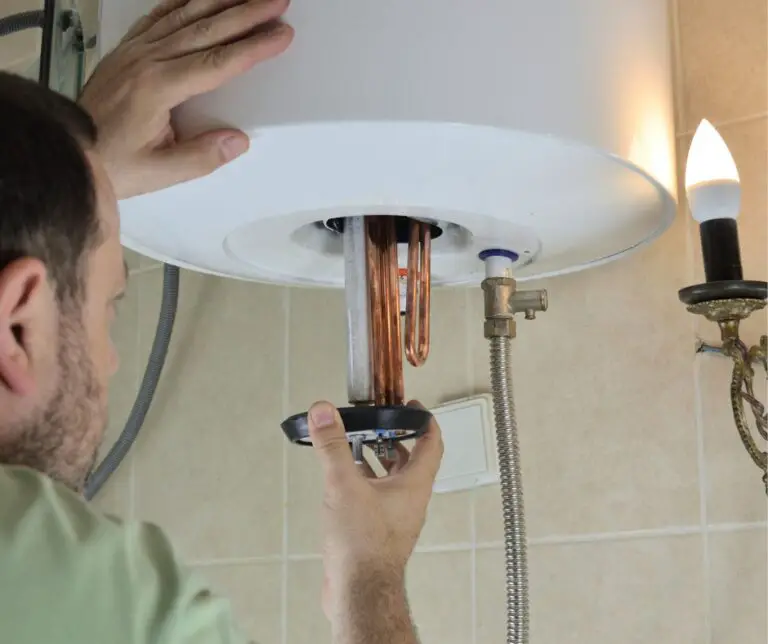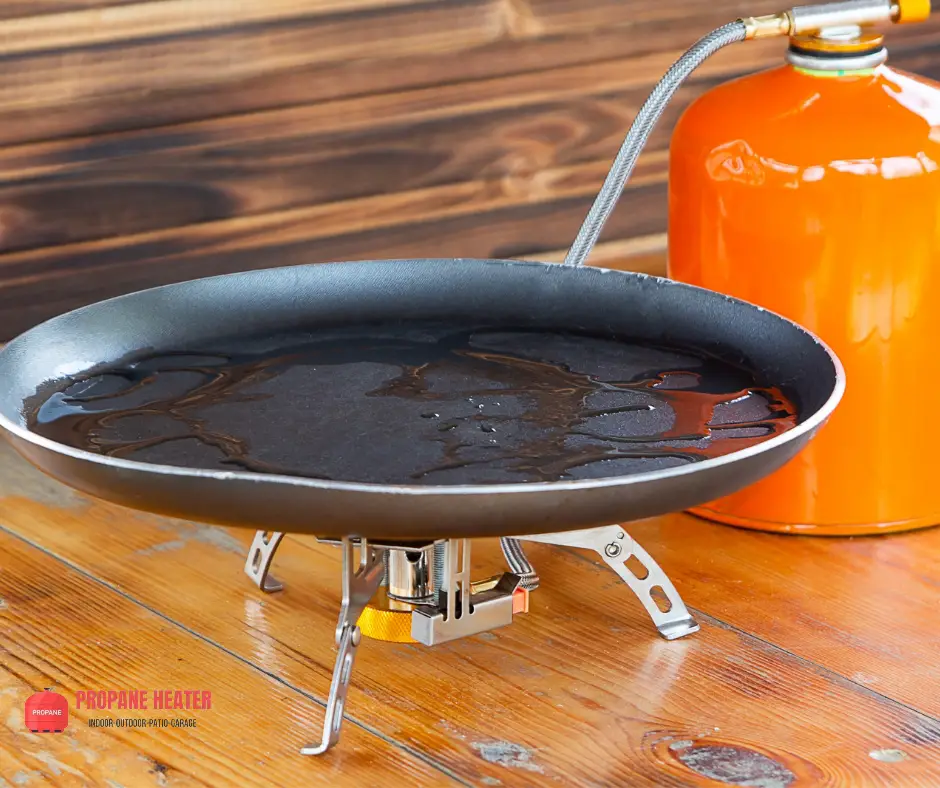
You can use any pan on a propane stove, but some are better than others. It would help if you always used a flat-bottom pan the same size as or smaller than your burner. You will also want to keep an eye on how heavy it is, as heavier pans may not heat up as quickly because of their mass.
Aluminum
Aluminum cookware is an excellent choice for a variety of reasons. It’s lightweight, inexpensive, and heats quickly and evenly. Aluminum can be used on all stovetops, including propane stoves. This material is easy to clean; just hand wash with soap or a mild detergent in warm water.
However, aluminum pans can warp and dent easily if not handled carefully. And while aluminum conducts heat well at lower temperatures, that same conductivity makes it difficult for the pan to retain heat once you turn off your stovetop burner.
Stainless steel
Stainless steel is a good choice for cooking on propane stoves. Stainless steel pans are durable and easy to clean. They are also a good heat conductor, so they can be used for cooking on induction and electric stoves. Stainless steel pans are heavier than aluminum or copper. Still, the weight makes it easier to control the pan while cooking.
Stainless steel cookware can be used on gas stoves because it is resistant to rusting at temperatures up to 600°F (315°C). Some stainless steel cookware may be bonded with other materials, such as copper or aluminum. This helps to improve its performance in various ways, such as increasing durability or reducing the cost of production without decreasing the quality of performance too much.
Copper
Copper is a great conductor of heat and is very durable but also costly. Copper is a good choice for simmering and braising, as it heats up quickly and retains heat well. It is prone to scratches and dents, so you’ll need to take care when cleaning your pan with this material.
Anodized aluminum
Anodized aluminum is a type of aluminum that has been treated with an electrolytic process to produce a protective surface layer on the metal. This surface layer prevents corrosion and increases its durability.
Anodized aluminum has several benefits over other types of pans, including:
- The ability to withstand high temperatures without discoloration or warping
- Greater resistance to scratches and dents than stainless steel or cast iron pans
- Increased smoothness, which makes it easier to clean than other materials
Three-ply metal
Tri-ply stainless steel cookware is made up of three layers. The outer layers are stainless steel, and the core is aluminum. This combination makes tri-ply stainless steel cookware an excellent investment for your kitchen because it heats up quickly, distributes heat evenly, and won’t react to acidic foods.
Cast iron
Cast iron is the best material for making a stovetop pan. It is durable, and it heats evenly. In addition, cast iron pans are inexpensive and easy to find. A mixture of iron and carbon forms steel. This strong material can heat up to 500°F or beyond without losing its strength or flexibility. As far as pans go, cast iron is one of the best options for this purpose. It has excellent heat retention and outstanding conductivity.
How to Choose Gas Stovetop Cookware
Gas stove tops are a great way to cook. But you’ll need the right cookware for your propane stoves, so you’ll be able to get the most out of them. Let’s take a look at some essential factors that will help guide your selection process:
Material
The material used in constructing your pan will ultimately determine how well it conducts heat and how long it lasts. The best choices for these pans are copper, aluminum, stainless steel, and anodized aluminum. Copper is the best choice because it heats quickly and returns to its original temperature soon after being removed from the stove.
Aluminum is also a good choice because it is lightweight; however, if you use this type of pan over high heat for too long, you may find an oxidized surface that will discolor foods easily.
Design
Design is important because it affects the way the pan cooks food. To understand why to, consider how heat moves through a pan. The bottom of a pot or pan, the part that touches your stovetop, is where most of its heat comes from. So it’s essential to ensure your cookware has enough surface area and mass to absorb and retain this energy.
A thin bottom will only be able to transfer heat slowly, which means you may need longer cooking times than what’s written on package instructions for certain dishes. A thick bottom transfers heat more effectively, helping recipes come together faster without burning or overcooking them.
Also, note whether or not your potential purchase has rounded corners at its base: this help prevent sticking while avoiding damage to countertops if they accidentally scrape along their edges while being moved around during use.
Heat distribution
To cook food evenly, it’s essential that the heat distribution is even and consistent. The best pans have a flat bottom with no hot or cold spots, so the heat is distributed evenly over the pan’s surface area. This means you can use less energy to cook your meal because more will be transferred through conduction rather than convection.
Performance
The performance of your cookware is based on the material, design, and heat distribution. The materials used for pan construction include aluminum, stainless steel, copper, cast iron, and anodized aluminum.
The bottom line? Don’t just buy because it’s pretty; pans are a serious investment. Do your research beforehand and get what works best for you.
Conclusion
There are many types of pans you can use on a propane stove. The most common one is the traditional pan that comes with the stove. Still, other options may be better suited for specific tasks like cooking or baking. It depends on what you’re doing and what materials they’re made of, so do research before buying any new products.

I am Richard A. Jackson man behind propane heating solution, An HVAC expert working as a team lead of the heating department, Provide services all over the USA (around all major cities), and from planning to implementation, you will get all your solution here. We provide various tanks (propane and other natural gases) and deal with disposable waste.
